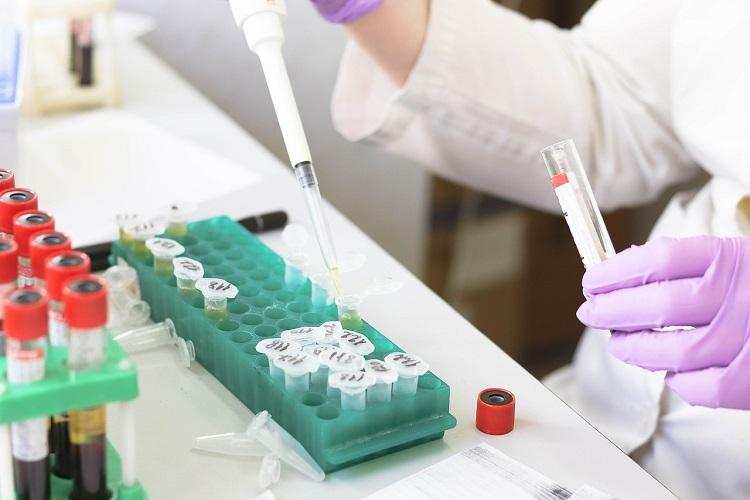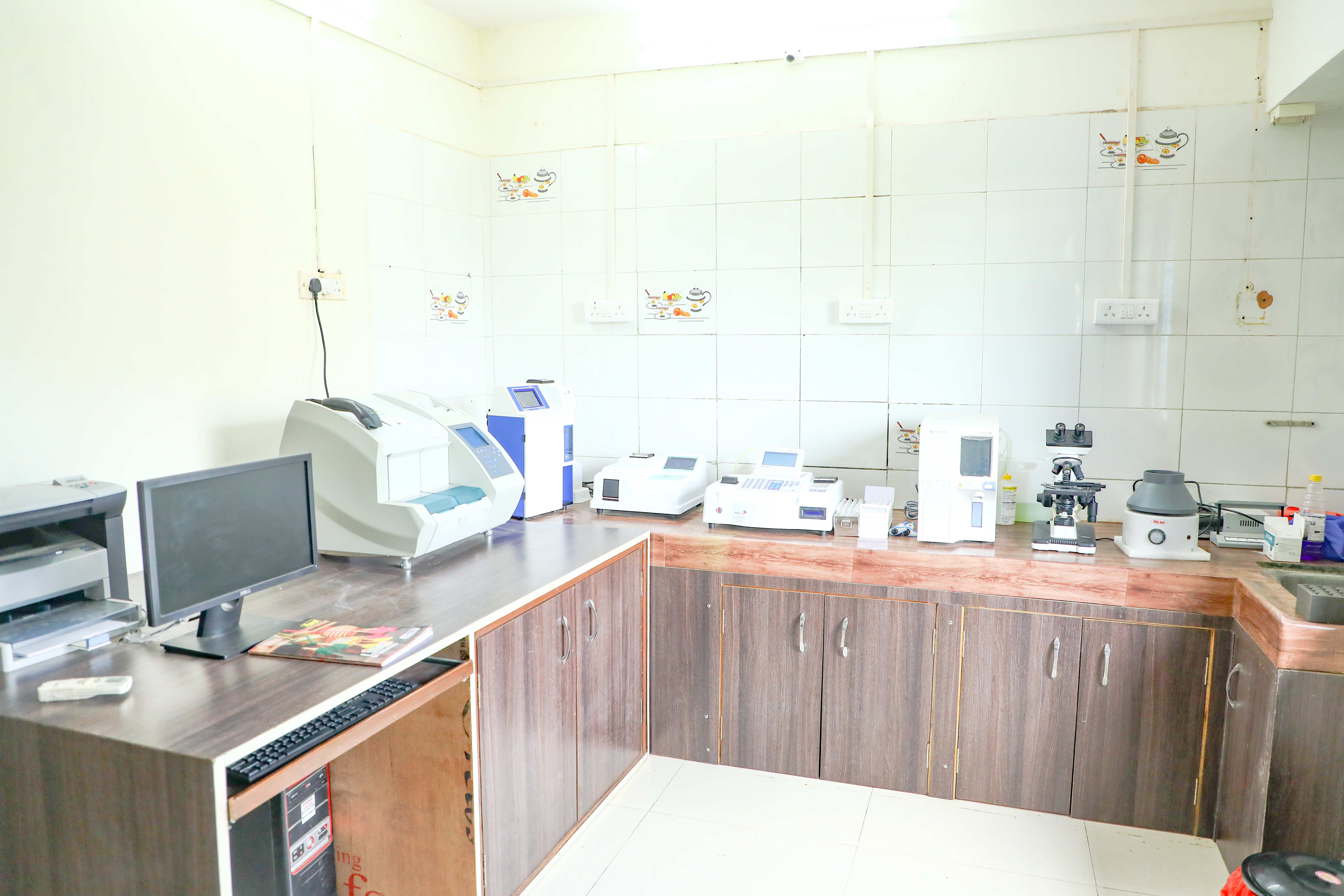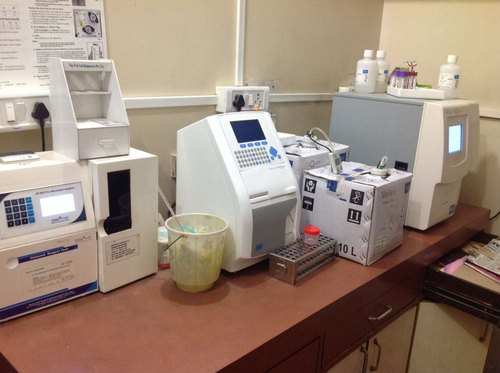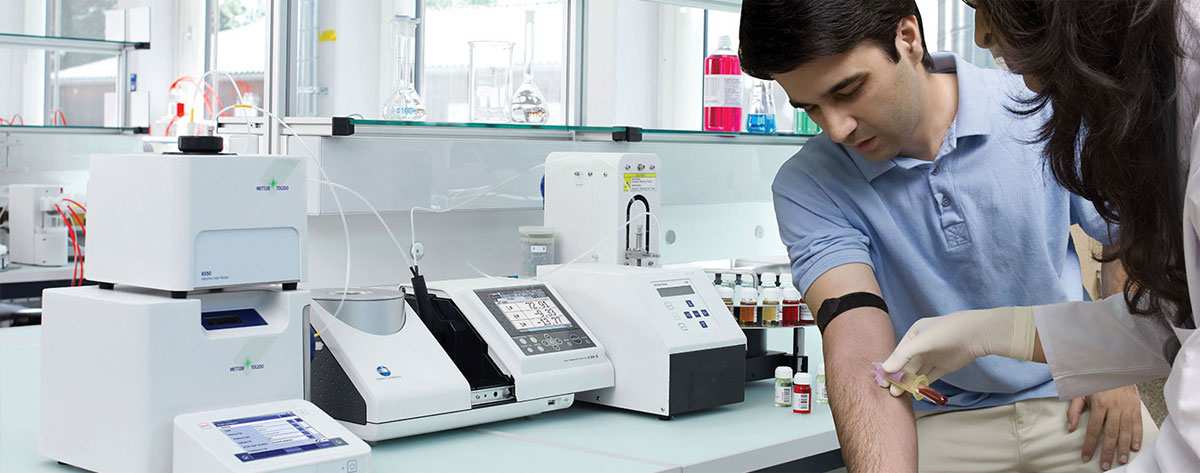Test Description
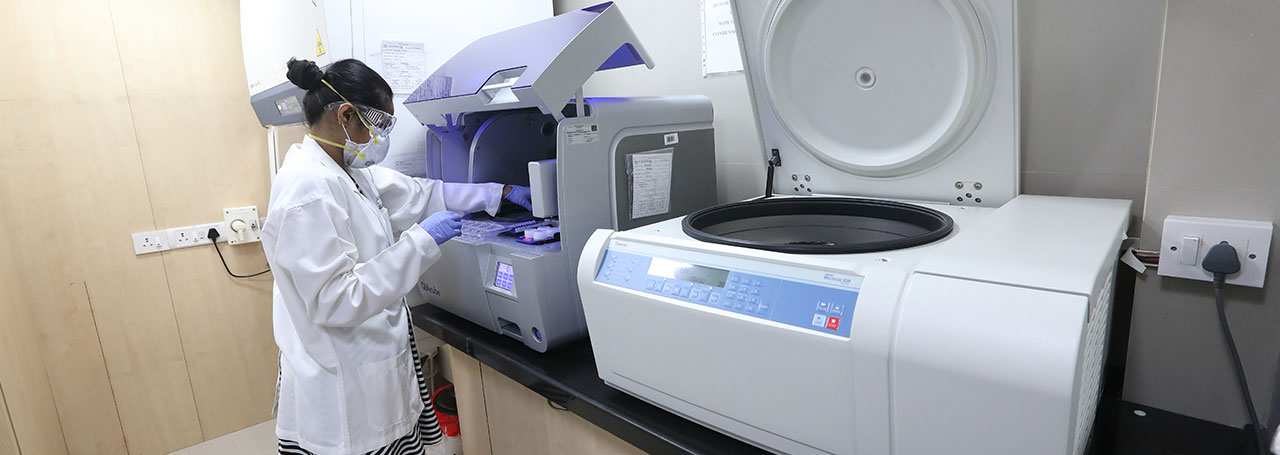
What is Histopathology?
Histopathology is the study and microscopic examination of diseased tissue, for example, breast lumps or specimens of bowel, that were removed because of suspected cancer. At Suburban Diagnostics, we examine three main types of specimens (or samples) in our laboratory. Larger specimens which include whole organs or a part that were removed during surgical operations. Examples include a uterus after a hysterectomy (complete surgical removal of the uterus), the large bowel after a colectomy (surgical removal of the large intestine) or tonsils after a tonsillectomy (surgical removal of the tonsils). Sections of tissue removed for biopsy require minor surgical procedures with sedation. Biopsies include excision biopsies, in which tissue is removed with a scalpel (e.g. a skin excision for a suspicious mole) or a core biopsy, in which a needle is inserted into a suspicious mass to remove a slither or the core of the tissue to examine it under the microscope (e.g. to investigate a breast lump).
Fluid and very small pieces of tissue (individual cells rather than groups of cells, e.g. within fluid from around the lung) can be obtained via a fine needle aspiration (FNA). This is performed using a thinner needle than that used in a core biopsy, but with a similar technique. This type of material is usually liquid rather than solid and is submitted for cytology rather than histology (see Cytopathology). Specimens received by the pathology laboratory require initial tissue preparation. They are then treated and analyzed using techniques appropriate for the type of tissue and the investigation required. During a surgical procedure, a frozen section is done for immediate diagnosis.. This could influence the type of surgery being performed.
Fluid and very small pieces of tissue (individual cells rather than groups of cells, e.g. within fluid from around the lung) can be obtained via a fine needle aspiration (FNA). This is performed using a thinner needle than that used in a core biopsy, but with a similar technique. This type of material is usually liquid rather than solid and is submitted for cytology rather than histology (see Cytopathology). Specimens received by the pathology laboratory require initial tissue preparation. They are then treated and analyzed using techniques appropriate for the type of tissue and the investigation required. During a surgical procedure, a frozen section is done for immediate diagnosis.. This could influence the type of surgery being performed.
Immunohistochemistry
A major advance in histopathology in recent times has been the development of immunohistochemistry. It involves the use of the special dice and stains that help in identifying cancerous cells in a tissue sample and how aggressively cancer could spread. This technique involves attaching a dye to an antibody that will only bind to a certain protein type on or within a cell. Immunohistochemical stains as compared to the traditional (special) stains are more specific in what they stain. This provides better visibility in identifying the organ in the body that a cancerous cell came from and how aggressively it could behave. The dyes that attach to the labelling antibody can be also altered with colours or fluorescence so that they are easier to detect through the microscope.
We lay special emphasis on testing of Cervical Cancer
Cervical cancer is the second most common cancer in women, especially in those between 15 to 44 years.Most cases of cervical cancer are caused by the Human Papilloma Virus.In the past year in India alone over 1,22,000 cases of cervical cancer have been detected. Testing for cervical cancer in advance is significant to the treatment, early intervention and cure of cervical cancer.
Screening for cervical cancer is recommended for
Women under 30 - who have never had an abnormal Pap test result: every three years.
Women over 30+ -“ who have never had an abnormal Pap test result: test every three years, OR get both a Pap test and an HPV test every five years.
Women older than 65 and women of any age – who have had a hysterectomy (surgery to remove the uterus, including the cervix) after checking with their doctor about having pelvic exams and Pap tests.
Lab Features
Lab Video



